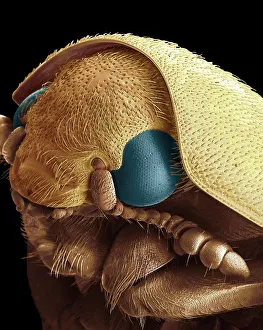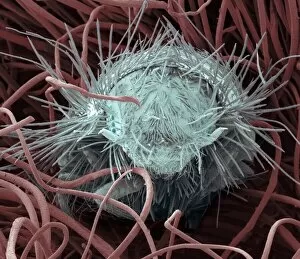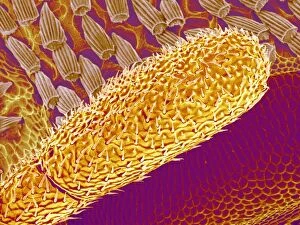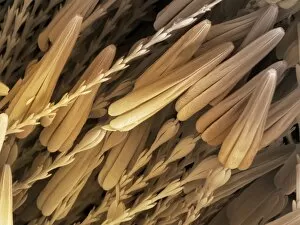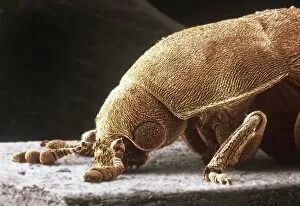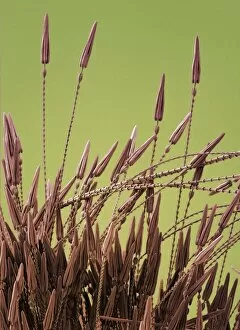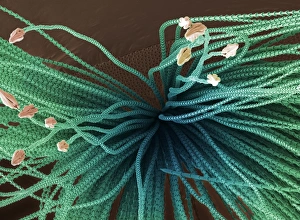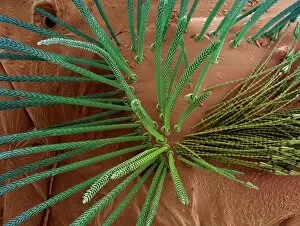Carpet Beetle Collection
The carpet beetle, also known as the Dermestid beetle, is a fascinating insect that has captured the attention of scientists and researchers
All Professionally Made to Order for Quick Shipping
The carpet beetle, also known as the Dermestid beetle, is a fascinating insect that has captured the attention of scientists and researchers. With the help of scanning electron microscopy (SEM), we have been able to study various aspects of this tiny creature's anatomy. One intriguing image captured by SEM showcases the carpet beetle larva in all its intricate detail. Its body structure and unique features are brought to life under high magnification, revealing a world unseen by the naked eye. Another SEM image highlights the antenna of this remarkable beetle, providing insight into its sensory capabilities. But it's not just about appearances; these beetles play important roles in nature. The burying beetle, Nicrophorus humator 1, along with carrion beetles like Necrodes littoralis 2 and Dendroxena quadrimaculata 3, contribute to decomposition processes by feeding on decaying organic matter such as dead animals. However, one must be cautious around certain species like Anthrenus scrophulariae 4 or Hister quadrimaculatus var - commonly referred to as carpet beetles - as they can cause damage to fabrics and carpets within our homes. Interestingly enough, there are other members of this family that have earned themselves rather gruesome nicknames due to their diet preferences. For instance, Dermestes lardarius is known as the larder beetle for its tendency to infest stored food products. In addition to their ecological significance and potential household nuisances, some species within this group exhibit hair-like structures during their larval stage. These hairs were examined using SEM technology in order to better understand their function and purpose. Among them is Dermestes maculatus - a flesh-eating beetle that feeds on animal remains. This particular species has garnered attention from forensic entomologists due to its involvement in decomposition processes at crime scenes.

